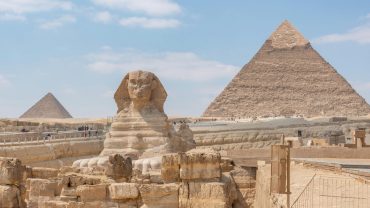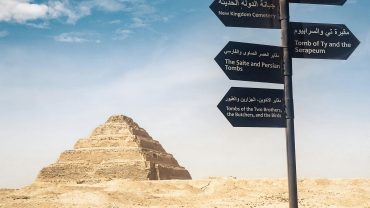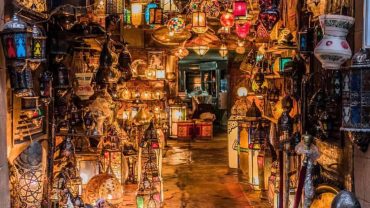Located in the center of modern Luxor, the Luxor Temple is one of the most iconic ancient monuments in Egypt. Unlike other temples that were built far from urban areas, Luxor Temple was constructed right in the heart of the city—what was once known as Thebes, the ancient capital of Egypt during the New Kingdom. This majestic temple stands today as a vivid reminder of the glory and spiritual power of the pharaohs.
A Temple Built for the Living
What makes Luxor Temple unique among Egypt’s temples is its purpose. While many temples in ancient Egypt were built for the gods or the afterlife, Luxor Temple was built for living rituals—specifically the Opet Festival, which celebrated the divine birth of the pharaoh and reinforced his connection with the gods, especially Amun-Ra. This gave the temple a political and religious significance that extended beyond mere worship.
Construction began under Amenhotep III in the 14th century BCE and was continued by Tutankhamun, Horemheb, and later expanded by Ramesses II, whose colossal statues still stand proudly at the entrance.
Architectural Marvels Inside the Temple
Visitors to Luxor Temple are met with a rich combination of history, art, and mythology transferved in stone. The grandeur of the site makes it a top destination for anyone visiting Upper Egypt.
- First Pylon: Built by Ramesses II, the temple’s massive entrance is flanked by two enormous seated statues of the pharaoh and was originally accompanied by two obelisks—one of which now stands in Place de la Concorde in Paris.
- Courtyards and Hypostyle Halls: Inside the temple, you’ll find vast open courts surrounded by columns, beautifully preserved hieroglyphic inscriptions, and religious imagery that reflect the story of divine kingship.
- Avenue of Sphinxes: One of the most breathtaking parts of Luxor Temple is the Avenue of Sphinxes, a 2.7-kilometer ceremonial road lined with sphinx statues, which once connected the temple to the Karnak Temple. It was the processional route for religious festivals and has recently been restored and opened to the public.
- Roman Chapel & Christian Influence: Interestingly, the temple also shows signs of later religious transitions. During the Roman period, parts of the temple were converted into a Roman military camp, and later a Christian church was built within its walls.
Visiting Luxor Temple Today
Luxor Temple is easily accessible as it’s located in the center of the city, close to the Nile Corniche and Luxor Museum. It’s especially popular for evening visits, as the entire site is beautifully lit up at night, creating a magical and atmospheric experience.
Tips for Your Visit
- Opening Hours: Open daily from 6:00 AM to 10:00 PM.
- Best Time to Visit: Evening visits are recommended for cooler weather and stunning lighting effects.
- Tickets: Entrance tickets are available at the gate. Combined tickets with nearby attractions are sometimes available for tourists.
- What to Bring: A good camera, comfortable shoes, and a guidebook or tour guide to appreciate the depth of the site’s stories.
Conclusion
Luxor Temple stands as a living witness to thousands of years of Egyptian history—from the pharaohs to the Romans and beyond. Its location, architecture, and spiritual legacy make it one of the top tourist attractions in Luxor. Whether visited by day or night, this sacred site offers an unforgettable experience that connects you directly with the legacy of ancient Egypt.




Comment (0)